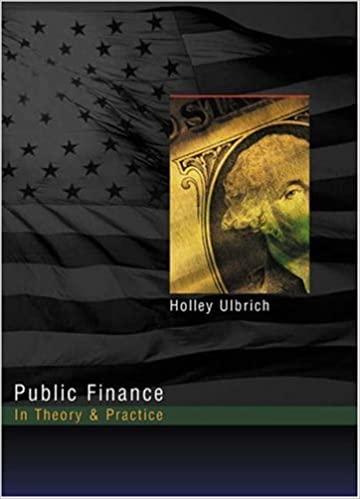Question
LAS Trucking currently has an annual self-insured retention ($500,000 per occurrence) for both workers compensation and auto liability insurance. LAS is considering establishing a captive
LAS Trucking currently has an annual self-insured retention ($500,000 per occurrence) for both workers compensation and auto liability insurance. LAS is considering establishing a captive in Vermont to fund its retained losses. If it forms the captive, it will incur initial costs in the amount of $160,000 for licensing the captive and one-time administrative costs. If LAS Trucking forms the captive, it will be able to obtain comparable excess coverage in the reinsurance market for an annual premium of $2 million, for a savings of $120,000. LAS also plans to use a captive management firm to administer the captive on an on-going basis. The fees paid to this firm will increase its total administrative costs by $30,000 per year. If it establishes the captive, LAS also will use a fronting company arrangement with an insurance company to meet state requirements concerning the purchase of coverage from an admitted insurer. The fronting insurer then will reinsure the coverage with the captive, which in turn will purchase the excess reinsurance coverage. The additional fee for this fronting arrangement is $55,000 per year. LAS plans to pay the same amount to the captive to fund its retained losses as it maintains under the current program, and it will not change the way in which funds are invested. In addition, it does not plan to write outside business in the captive or seek to have the transactions with the captive treated as insurance for federal income tax purposes. As a result, neither its investment income on assets dedicated to fund retained losses nor its income taxes will be affected by the establishment of the captive. Assume that the captive agreement will be effective for 4 years (the amount of time expected to resolve all expected loss reserves). The cost of capital is 6.2% and LAS tax bracket is 24%. Should the captive be formed? Support your answer by calculating the after-tax cash flow, NPV and IRR. Text entry, excel, word
Step by Step Solution
There are 3 Steps involved in it
Step: 1

Get Instant Access to Expert-Tailored Solutions
See step-by-step solutions with expert insights and AI powered tools for academic success
Step: 2

Step: 3

Ace Your Homework with AI
Get the answers you need in no time with our AI-driven, step-by-step assistance
Get Started


